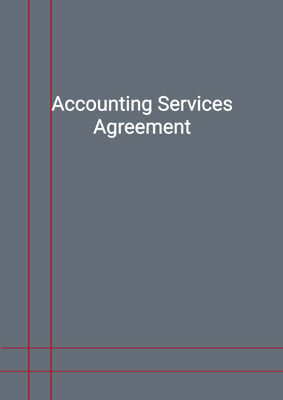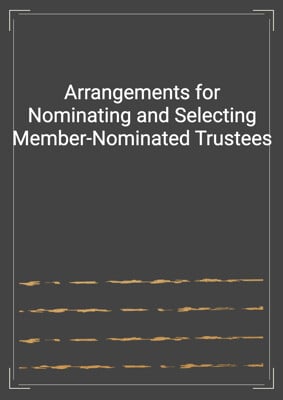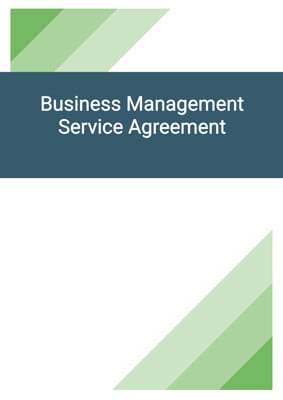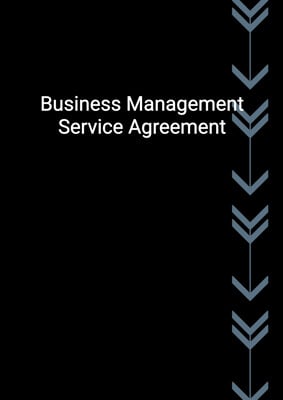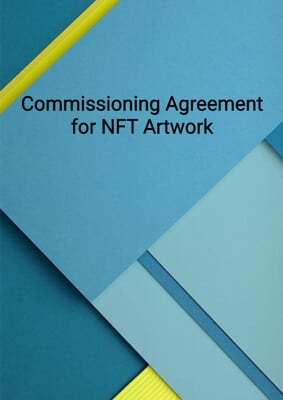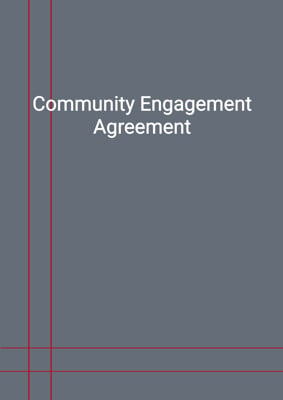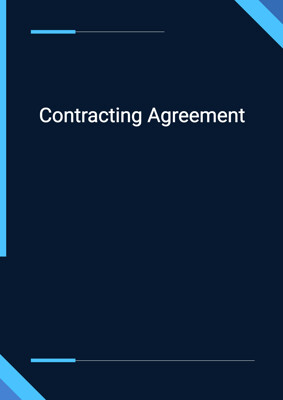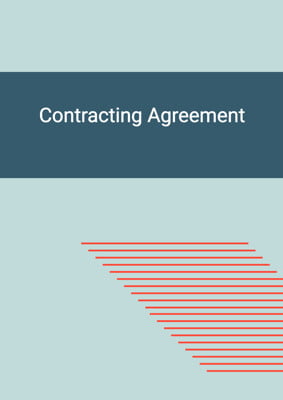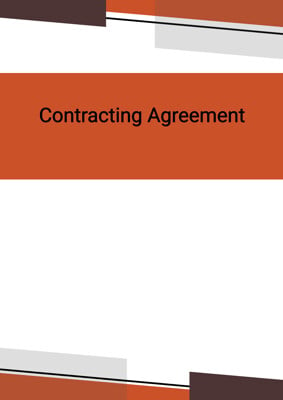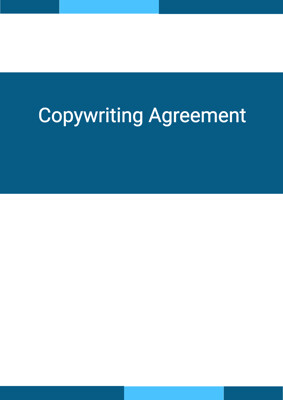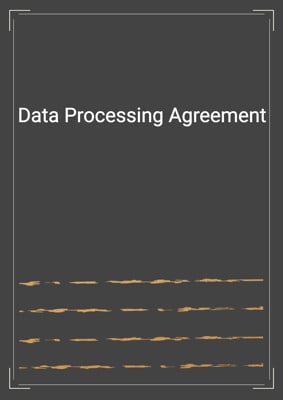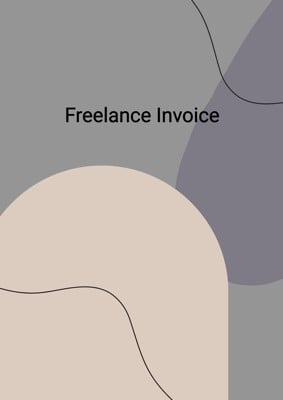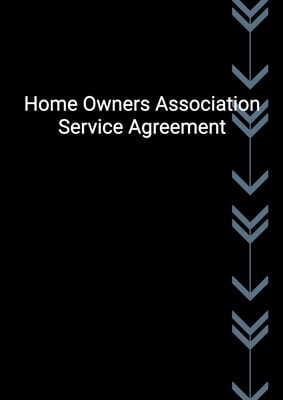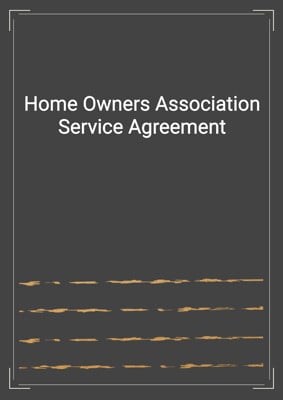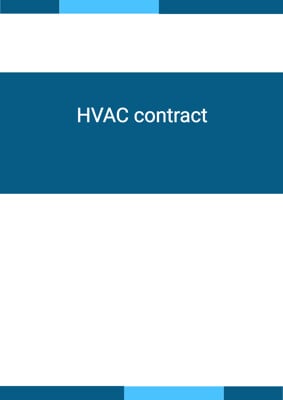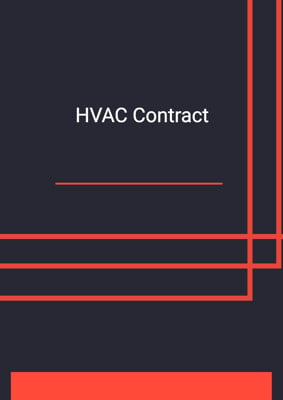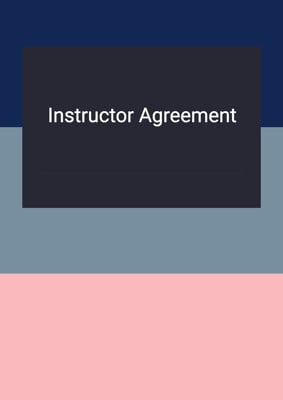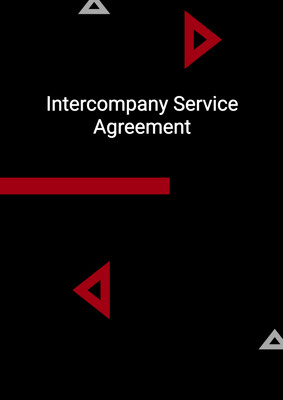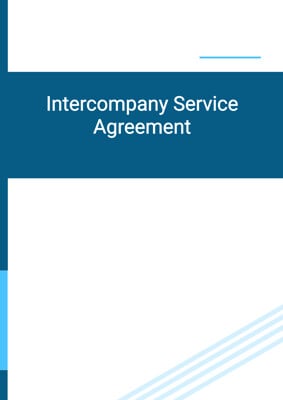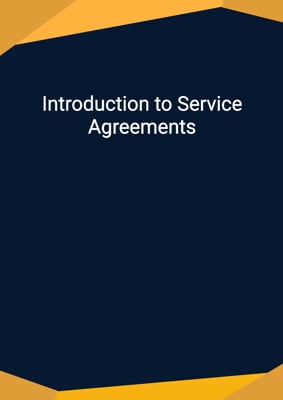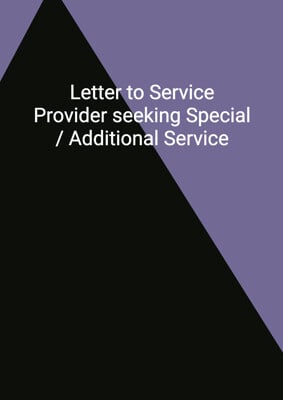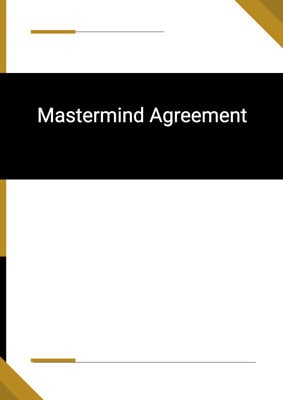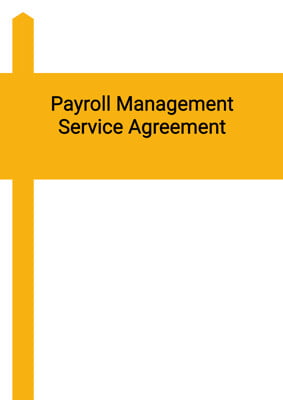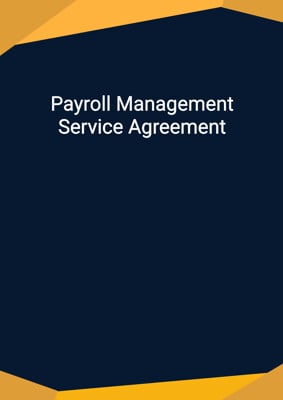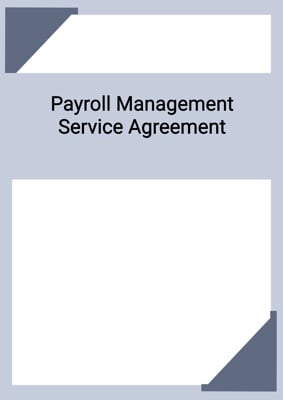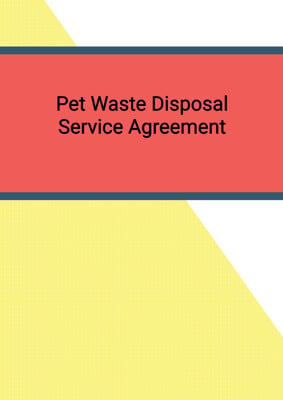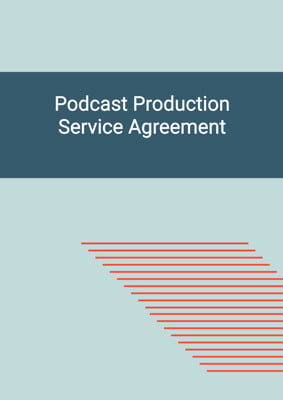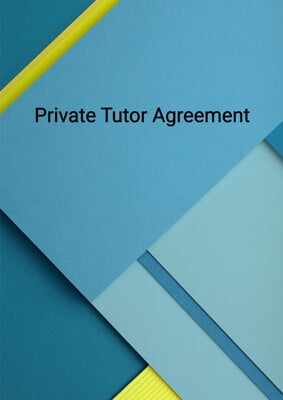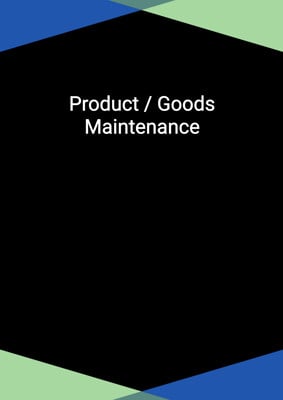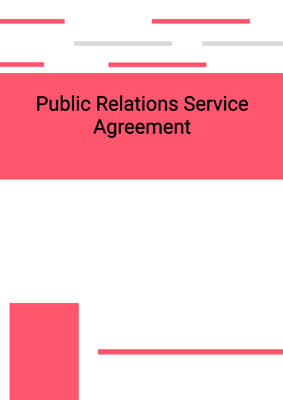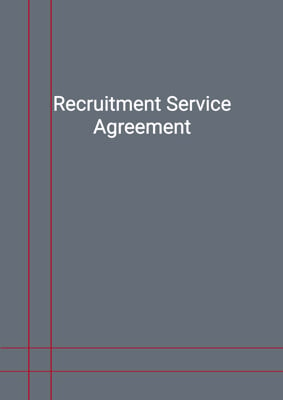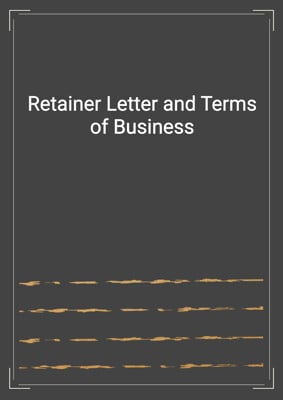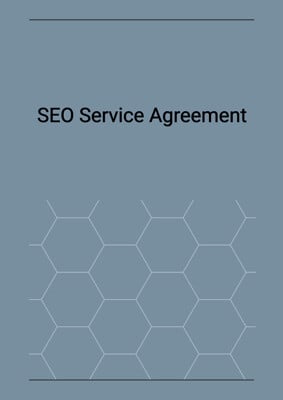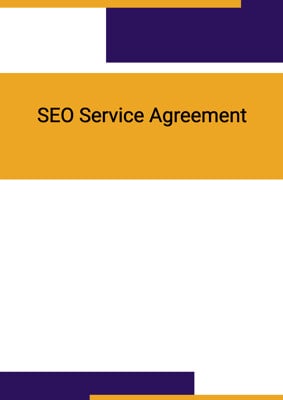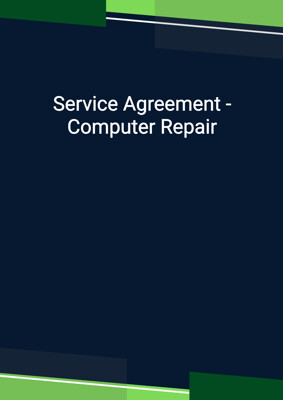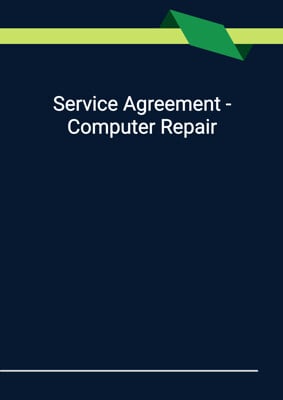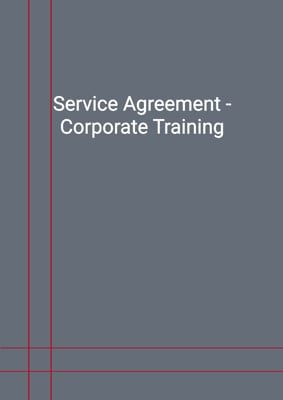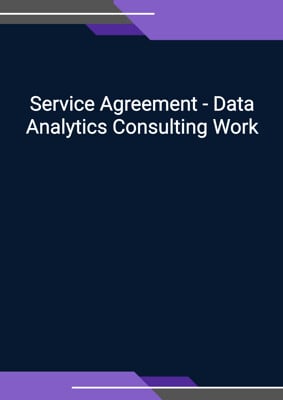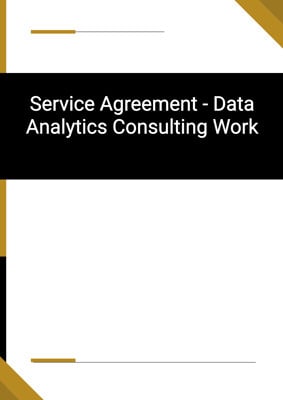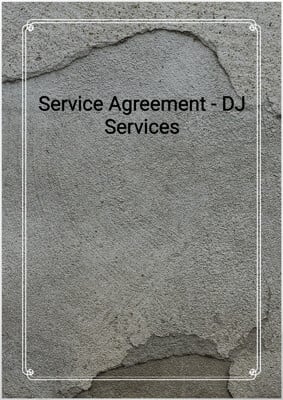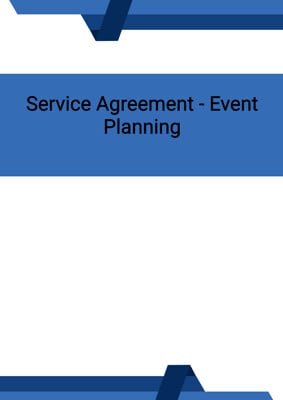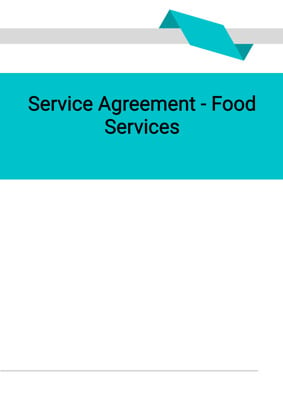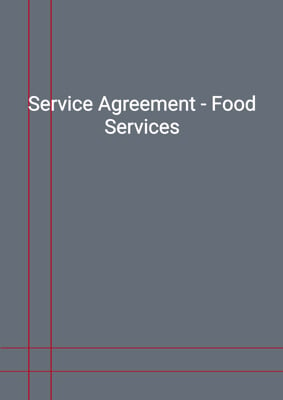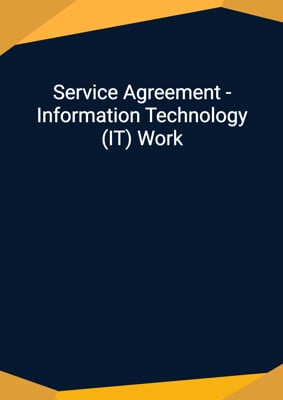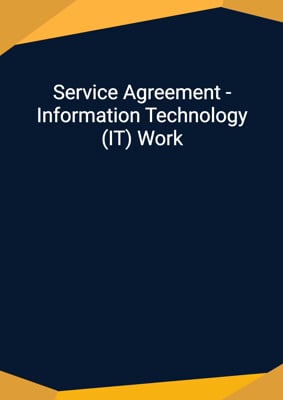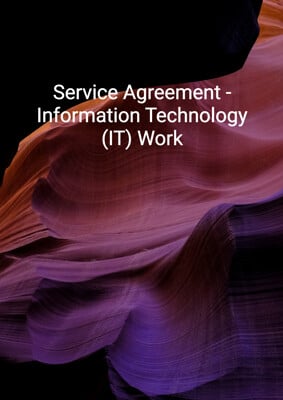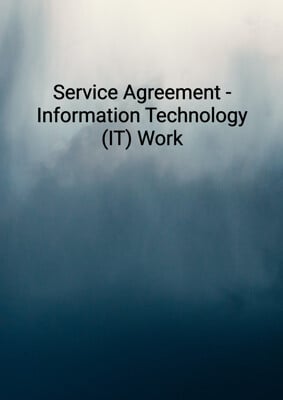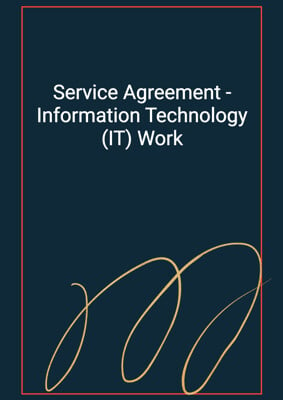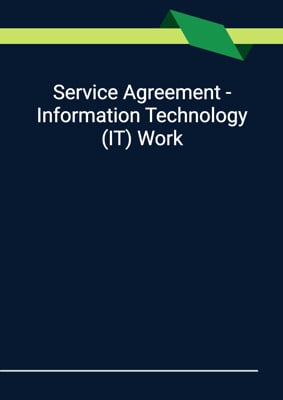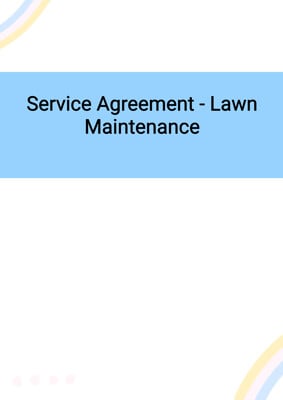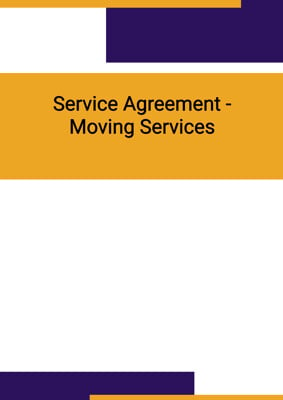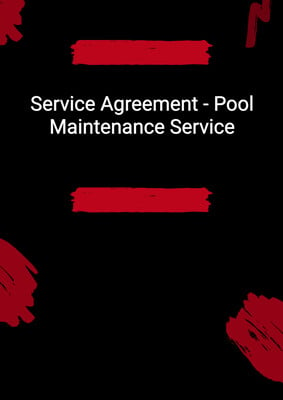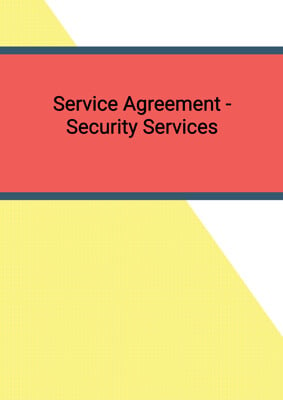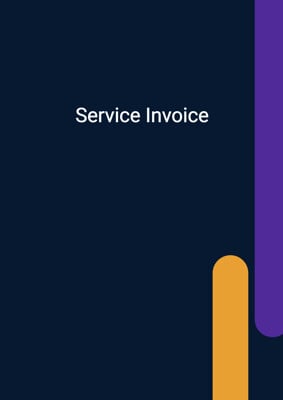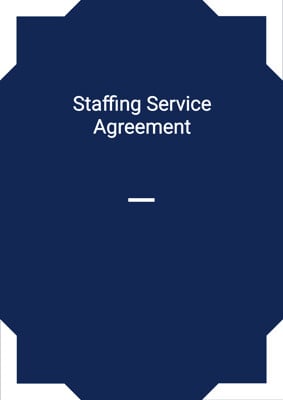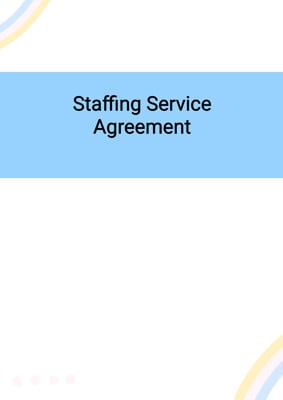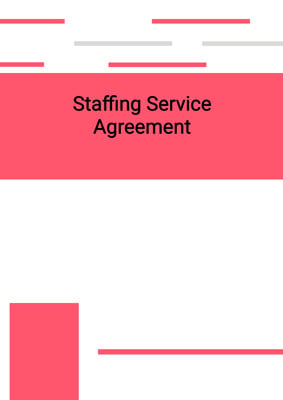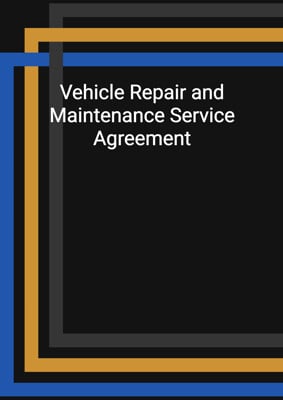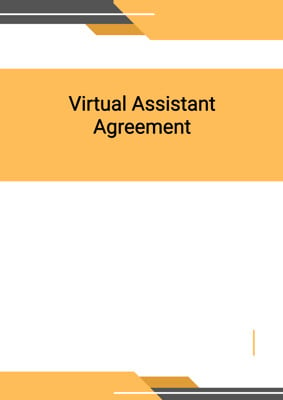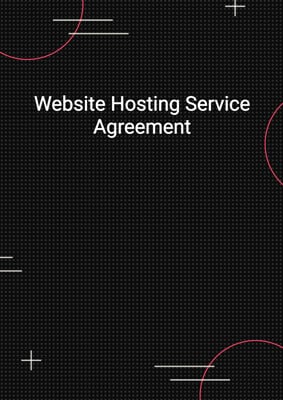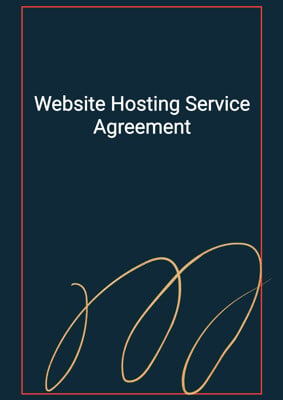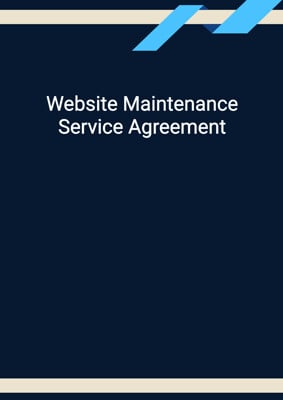How to Tailor the Document for Your Need?
01
Create Document
Fill in the details of the parties. You can click the "Fill with Member’s Information" button to complete it with information saved to your account.
02
Fill Information
Please fill in any additional information by following the step-by-step guide on the left hand side of the preview document and click the "Next" button.
03
Get Document
When you are done, click the "Get Document" button and you can download the document in Word or PDF format.
04
Review Document
Please get all parties to review the document carefully and make any final modifications to ensure that the details are correct before signing the document.
Document Preview
Document Description
The Virtual Assistant Agreement is a legal document that outlines the terms and conditions between the Assistant and the Customer for the provision of virtual assistant services. This agreement is important as it establishes the rights and responsibilities of both parties, ensuring that the job is carried out in a professional and satisfactory manner.
The entire document is divided into multiple sections, each addressing different aspects of the agreement. The first section, titled 'Interpretation', provides definitions for key terms used throughout the agreement. This ensures that both parties have a clear understanding of the terms being used.
The second section, titled 'Assistant's Obligations', outlines the responsibilities of the Assistant. It states that the Assistant must carry out the job with due care and diligence, complying with all instructions and regulations. It also specifies the working hours and availability of the Assistant, as well as the possibility of expanding the scope of the job.
The third section, titled 'Completion of the Work', emphasizes the importance of timely completion of the job. It states that time is of the essence and that the job should be completed by the agreed upon completion date. It also mentions the possibility of granting an extension if there are valid reasons for the delay. Additionally, it addresses the issue of liquidated damages in case the job is not completed on time.
The fourth section, titled 'Warranties from Assistant', highlights the Assistant's warranties regarding the quality of work, licenses, and infringement of third-party rights. It ensures that the Assistant will rectify any quality issues and will not infringe any intellectual property rights.
The fifth section, titled 'Liabilities and Indemnities', specifies the Assistant's obligations to promptly notify the Customer of any delays, problems, or complaints. It also states that the Assistant will be liable for any personal injury or damage caused during the job, unless due to the Customer's neglect or default. The Assistant is required to maintain appropriate insurance coverage.
The sixth section, titled 'Conflict of Interest and Non-Solicitation', prohibits the Assistant from entering into agreements or soliciting the Customer's customers during the term of the agreement and for a specified period thereafter.
The seventh section, titled 'No Assignment or Modification Unless in Writing', states that the Assistant cannot assign or subcontract the agreement without the Customer's written consent. It also requires any modifications to the agreement to be in writing and agreed upon by both parties.
The eighth section, titled 'Payment', outlines the payment terms and schedule. It specifies that the Customer will pay the agreed price to the Assistant and provides details on invoicing, due dates, and expenses. It also mentions the Assistant's responsibility to obtain written consent before incurring any expenses.
The ninth section, titled 'Injury, Damage, and Insurance', addresses the Assistant's liability and indemnification for personal injury, death, or damage caused during the job. It requires the Assistant to maintain appropriate insurance coverage.
The tenth section, titled 'Assistant Responsibility for Personnel', clarifies that all personnel used by the Assistant are considered employees or subcontractors of the Assistant, not the Customer. The Assistant assumes full responsibility for their actions and compensation.
The eleventh section, titled 'Rights in Work Product', states that materials and goods delivered for the job become the property of the Customer. It also addresses intellectual property rights, stating that all intellectual property produced or developed under the agreement belongs to the Customer. The Assistant cannot use the Customer's intellectual property without written consent.
The twelfth section, titled 'Confidentiality', emphasizes the Assistant's obligation to maintain the confidentiality of the Customer's information. It prohibits the sharing or disclosure of confidential information without written permission from the Customer. The Assistant must return all confidential information upon termination of the agreement.
The thirteenth section, titled 'Independent Contractor', clarifies that the Assistant is an independent contractor and not an employee of the Customer. It states that the Assistant is not entitled to employee benefits and cannot enter into contracts or obligations on behalf of the Customer.
The fourteenth section, titled 'Term and Termination', specifies the duration of the agreement and the circumstances under which either party can terminate it. It also addresses the consequences of termination, including the return of materials and payment for completed work.
The fifteenth section, titled 'No Rights Under Contracts for Third Parties', states that third parties have no right to enforce the terms of the agreement.
The sixteenth section, titled 'Dispute Resolution', encourages the parties to resolve any disputes amicably and in good faith.
The seventeenth section, titled 'Notices and Service', provides instructions for serving notices between the parties.
The eighteenth section, titled 'Severability', states that if any provision of the agreement is deemed illegal or unenforceable, it will be removed or replaced with a valid provision.
The nineteenth section, titled 'Counterparts', allows the agreement to be executed in multiple counterparts, with each counterpart considered an original document.
The document concludes with the signatures of the authorized representatives of both parties, indicating their agreement to the terms and conditions outlined in the agreement.
How to use this document?
1. Review the entire Virtual Assistant Agreement to understand its purpose and scope.
2. Pay attention to the definitions provided in the 'Interpretation' section to ensure a clear understanding of the terms used throughout the agreement.
3. Familiarize yourself with the Assistant's obligations outlined in the 'Assistant's Obligations' section. This will help you understand the expected level of performance and compliance.
4. Take note of the importance of timely completion of the job mentioned in the 'Completion of the Work' section. Ensure that you have a clear understanding of the completion date and any possible extensions.
5. Understand the warranties provided by the Assistant in the 'Warranties from Assistant' section. This will help you assess the quality and legality of the services provided.
6. Be aware of the Assistant's liabilities and indemnities mentioned in the 'Liabilities and Indemnities' section. This will help you understand the Assistant's responsibilities in case of any issues or damages.
7. Review the payment terms and schedule outlined in the 'Payment' section. Make sure you understand the invoicing process, due dates, and any additional expenses.
8. Take note of the Assistant's responsibility for personnel mentioned in the 'Assistant Responsibility for Personnel' section. This will help you understand who is accountable for the actions and compensation of the personnel involved.
9. Understand the rights and ownership of work product mentioned in the 'Rights in Work Product' section. Ensure that you have a clear understanding of the intellectual property rights and any restrictions on its use.
10. Familiarize yourself with the confidentiality obligations outlined in the 'Confidentiality' section. Ensure that you understand the restrictions on sharing or disclosing confidential information.
11. Remember that the Assistant is an independent contractor, as stated in the 'Independent Contractor' section. Be aware that the Assistant is not entitled to employee benefits and cannot enter into contracts or obligations on your behalf.
12. Review the termination provisions in the 'Term and Termination' section. Understand the circumstances under which either party can terminate the agreement and the consequences of termination.
13. If any disputes arise, refer to the 'Dispute Resolution' section for guidance on resolving them amicably.
14. Keep a record of all notices and communications exchanged between the parties, as instructed in the 'Notices and Service' section.
15. If necessary, seek legal advice or consult with relevant stakeholders to ensure a thorough understanding of the Virtual Assistant Agreement and its implications for your business or organization.
Not the right document?
Don’t worry, we have thousands of documents for you to choose from:

